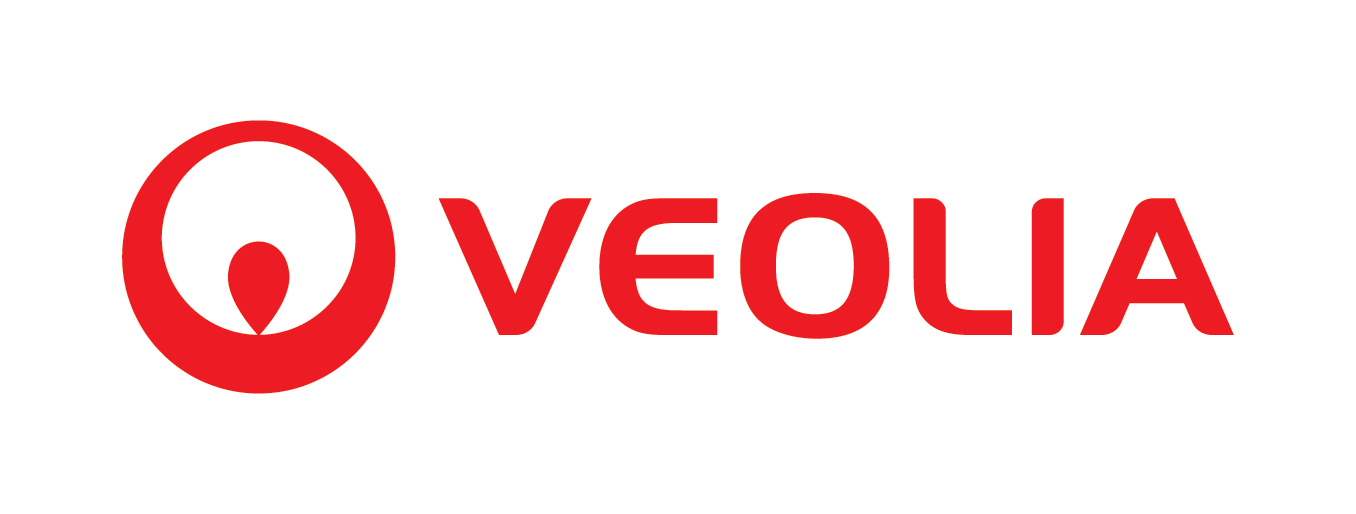Veolia North America Sets Baseline Scope 1 & 2 GHG Emissions in 2024 Sustainability Report
Veolia North America Sustainability Report 2024
OUR CLIMATE COMMITMENT
In 2021 Veolia Group committed to Science Based Targets’ Business Ambition for 1.5°C campaign, and in 2024 Veolia became the first company to obtain double validation of its climate commitments by both SBTi and Moody's. We aim to reduce the company’s global scope 1 and 2 emissions by 50% by 2032, and achieve net zero scope 1, 2 and 3 emissions by 2050, in line with the Paris Agreement 1.5°C target.
GOVERNANCE AND REDUCTION ROADMAP
A steering team made up of senior strategy, technical, finance and business leaders directs our decarbonization efforts, with advice from representatives of the global Veolia Group. The steering team reports directly to the president and CEO of Veolia North America, who holds ultimate accountability for the region’s progress.
Under the leadership of the decarbonization steering team, Veolia North America undertook a comprehensive review of the zone’s historical greenhouse gas reporting with a focus on process improvement, transparency and digitization. One key topic addressed during the year was clarifying the definition of operational control for the sites operated on behalf of clients. Given our business model, this is a key issue in determining the scope of emissions. The steering team also worked this year on defining the scope 1 and 2 emissions reduction roadmap for the zone, which we will implement in the coming years.
Our road map includes four key pillars:
- Operational Efficiency and Digitization
- Purchased Energy Sourcing
- Renewable Natural Gas Production
- Carbon Capture Utilization and Storage
SCOPE 1 AND 2 GREENHOUSE GAS EMISSIONS
While Veolia Group has quantified and reported global scope 1 and 2 greenhouse gas (GHG) emissions for decades, 2023 is the first year the company is reporting scope 1 and 2 emissions for North America as a stand-alone number. This is a significant milestone for the company’s decarbonization program in North America and demonstrates our commitment to transparency and public accountability. In future years we will report year-over-year progress trends.
Our GHG reporting is enabled by the advanced digitization and real-time monitoring of facility emissions through the Hubgrade Smart Digital Solution. Hubgrade is the same digital platform used to track customer energy use and emissions. Within North America it is deployed at 28 of our largest North America sites, representing 75% of our total scope 1 and 2 emissions. The system provides monthly emissions reports on a facility-by-facility basis, allowing managers to adjust their operations and track progress during the reporting year. The continued expansion of Hubgrade digital monitoring shows the value of this tool in our own operations, and for our customers.
Another ongoing project to reduce scope 1 and 2 emissions is the implementation of renewable energy projects at our sites. In 2023 we announced plans to install a 5 MW solar power facility at our Gum Springs, Arkansas site. The impact of this project is not yet reflected in our emissions reporting. Additional internal renewable energy projects are ongoing, and will be highlighted in future reports.
SCOPE 3 GREENHOUSE GAS EMISSIONS: INDIRECT EMISSIONS
Scope 3 emissions are included in Veolia Group’s global commitment to net zero emissions by 2050. Achieving this goal will require engagement across the value chain — from suppliers to transportation partners to customers.
Veolia North America does not currently report scope 3 emissions on a zone level. Our global sustainability team is undertaking a project to identify and quantify scope 3 emissions as part of the company’s net zero commitment. We expect to report significant progress on scope 3 emissions measurement and governance in our next report.
SCOPE 4 GREENHOUSE GAS EMISSIONS: AVOIDED EMISSIONS
Scope 4 emissions — or avoided emissions — were first proposed by the World Resources Institute in 2013. They represent the emissions savings that a business makes for other emissions not currently accounted for under scopes 1, 2 or 3.
Avoided emissions, while not currently part of the Carbon Disclosure Project (CDP) disclosure framework, are essential to help us measure the impact we have for our customers through providing operations and maintenance services for their facilities. Scope 4 emissions reductions are included in the Customers section of this report.
Globally, we continue to advocate for a formal standard for scope 4 emissions reporting. Scope 4 emissions create a paradox for environmental service companies, whose scope 1 and 2 emissions footprint might increase as they help clients reduce their emissions and create a net reduction in total emissions across an operation. This is a topic that will become more relevant as the cost of carbon increases, and companies implement more expansive emissions reduction projects.

